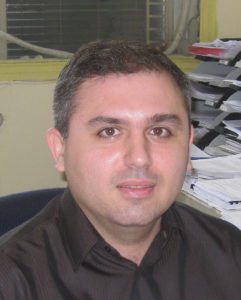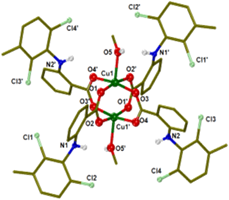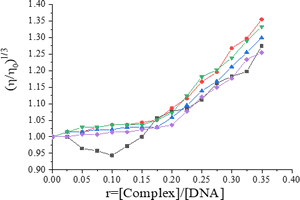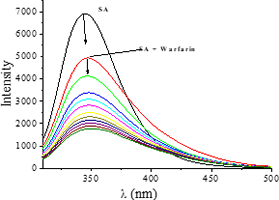
Psomas George
Αssociate professor
Inorganic Chemistry LaboratoryAristotle University of Thessaloniki
Faculty of Sciences,
School of Chemistry
54124, Thessaloniki
Dr. George Psomas studied chemistry at the Aristotle University of Thessaloniki and obtained his PhD Diploma in 2000 from the School of Chemistry, AUTh. Afterwards, he was a postdoctoral researcher at CRNS in Toulouse, France and at NCSR «Demokritos», Aghia Paraskevi Attikis. He was appointed as a Lecturer at the School of Chemistry, AUTh in 2007 and he is currently Associate Professor.
He is the Associate Coordinator of the International Graduate (MSc) Programme “Biological Inorganic Chemistry”, with the participation of the Chemistry Schools of all Greek Universities and the University of Cyprus.
His current researches are focused on the synthesis and characterization of metal complexes of biological interest, the design of metal complexes with bioactive ligands and the evaluation of the biological activity of the compounds, including the interaction with biomolecules (DNA and albumins) and their antioxidant activity.
Ηe has published >130 articles in peer review journals, with > 5,000 citations (Scopus).
He has supervised 2 postdoctoral researchers, 6 PhD Thesis, >15 MSc Thesis and >40 BSc Thesis sofar.
He is currently the Co-Editor of Journal of Coordination Chemistry – Taylor & Francis.
Teaching
- Inorganic Chemistry
- General Chemistry
- Bioinorganic Chemistry
Research
Metal complexes of biological interest

Synthesis and characterization of metal complexes of biological interest. Design, synthesis and characterization of metal complexes with bioactive ligands. Synthesis and characterization of metal complexes with antibacterial drugs as ligands. Synthesis and characterization of metal complexes with non-steroidal anti-inflammatory drugs as ligands. Metallacrowns hosting non-steroidal anti-inflammatory drugs. |
Interaction of metal complexes with biomolecules
 
Interaction of the metal complexes with CT DNA: Evaluation of the interaction mode and determination of the binding constant. Interaction of the metal complexes with plasmid DNA. Interaction of the metal complexes with albumins: Determination of the association constant and finding the binding site on the albumin. |
Evaluation of the biological activity of metal complexes

Evaluation of the antioxidant activity (free radical scavenging) of metal complexes. Evaluation of the anticholinergic activity of metal complexes. |

